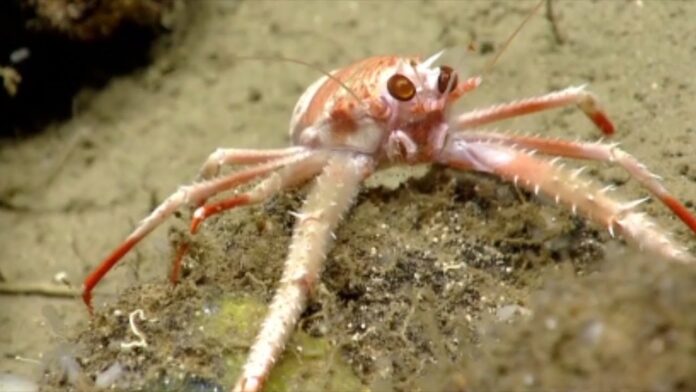A recent scientific study suggests corals from 540 million years ago were the first known bioluminescent animals, shedding new light on deep-sea communication
Researchers have unveiled a groundbreaking discovery that deep-sea corals, dating back 540 million years, likely represented the earliest bioluminescent animals. This finding, published in the journal Proceedings of the Royal Society B, challenges previous notions about the evolutionary timeline of light-emitting creatures.
Andrea Quattrini, the study’s co-author and curator of corals at the Smithsonian National Museum of Natural History, emphasizes the significance of light signalling in marine communication. “In the vast darkness of deep waters, bioluminescence serves as a crucial form of interaction among marine species,” Quattrini explains.
Bioluminescence, a chemical process that allows living organisms to produce light, is prevalent among various marine species today, including fish, squid, and jellyfish. These creatures often use their glow for defence, to attract prey, or to find mates in the abyssal depths of the oceans.
Steven Haddock, another co-author and a marine biologist at the Monterey Bay Aquarium Research Institute, describes the physical diversity and functionality of soft corals. “When subjected to physical stimulation, these corals exhibit a stunning array of colours under light,” Haddock notes. This observation came from experiments using a paintbrush attached to a remote-controlled underwater rover to gently touch the corals.
Danielle DeLeo, a co-author and evolutionary marine biologist at the Smithsonian, points out the uncertainty regarding whether the bioluminescent feature in corals serves to attract or deter other marine life, or possibly both. “The frequent occurrence of this trait among corals suggests it plays an essential role in their survival and ecological interactions,” DeLeo adds.
The researchers utilized genetic data from 185 species of luminous corals to construct a detailed evolutionary tree, tracing bioluminescence back to the common ancestor of today’s soft corals. This timeline predates the previous record held by a prehistoric glowing shrimp by about 270 million years and aligns with the Cambrian explosion—a pivotal era in evolutionary history marked by rapid diversification of life forms.
Stuart Sandin, a marine biologist from the Scripps Institution of Oceanography not involved in the study, comments on the evolutionary advantage of bioluminescence. “Possessing a unique and beneficial trait like bioluminescence likely contributed significantly to the survival and evolutionary success of these ancient corals,” Sandin concludes.
The findings not only expand our understanding of bioluminescence but also highlight the innovative survival strategies developed by early life forms in Earth’s ancient oceans
